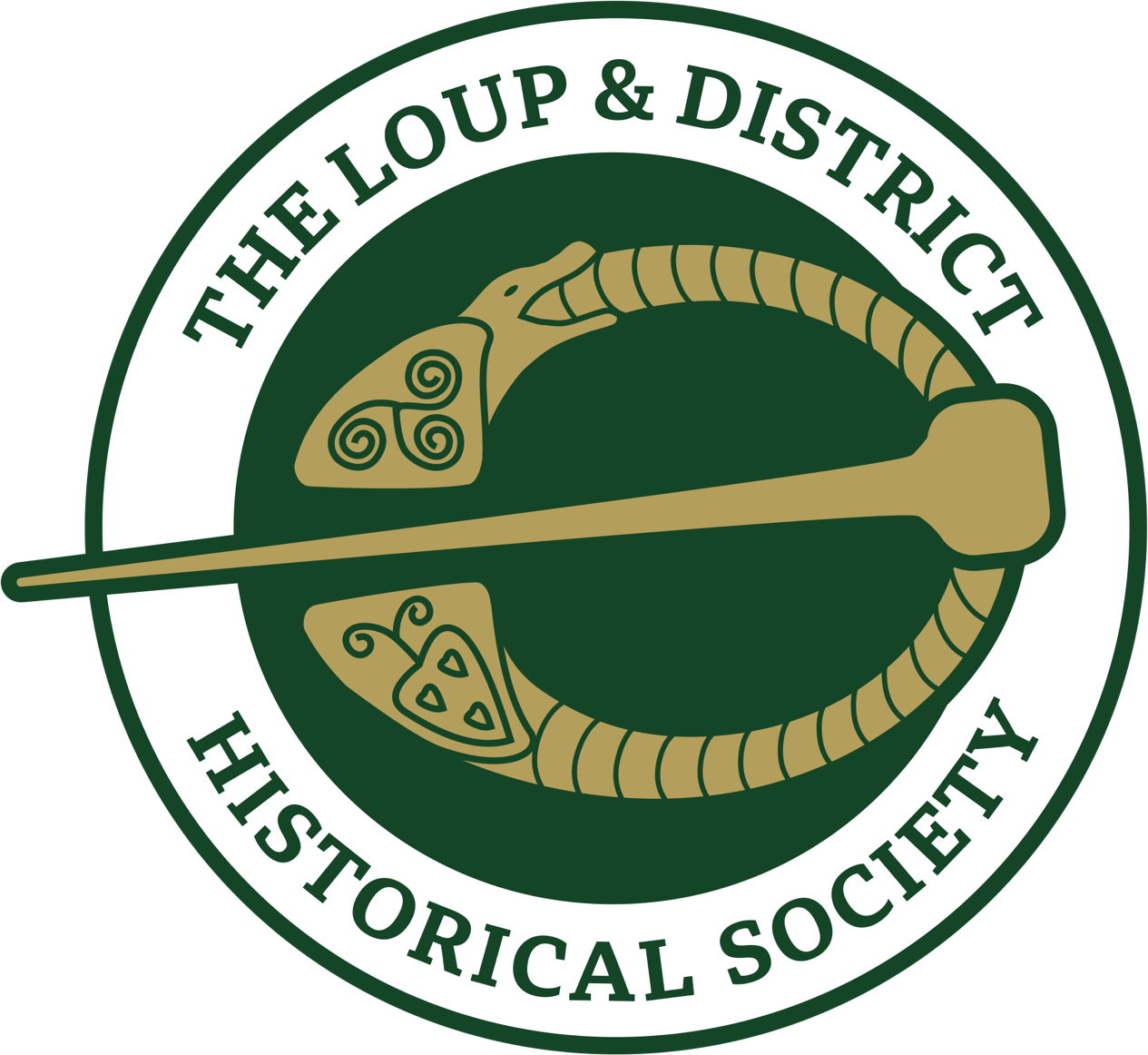From its inception in 1842 the guardians wished that education would be provided for boys and girls in the workhouse and a school master and mistress were hired to cater to those needs. As the Famine commenced and with rising numbers of children in the workhouse it was often difficult to carry out these duties and it is little wonder that there was a high attrition rate amongst the staff. After only a few months in the job in 1842, Mr Beatty the schoolmaster resigned, while his replacement Samuel Neely only lasted a number of days before he too was replaced by David Waugh. In 1852 the schoolmaster John Deane tendered his resignation to the guardians, writing that:
Gentlemen,— Being fully resolved on out to Australia by the first opportunity that offers, I, with very submissive, humbly beg to tender my resignation of schoolmaster of this establishment, and hope you will have the goodness to accept it, and not being able to make you a temporal return for the many favours I received under your patronage, I will say that the fervent prayer of my soul is, that when you are resigning this body of sin, when you are quitting this vale of tears, this world of woe, that you may be received into that glorious habitation— the pleasures of which will never become irksome, and the loveliness of which will never grow dim or faded, but expand or shine more brilliantly, when this world is dissolved, and the axle of time grow rust, and cease to move no more.”
Unfortunately, there is little surviving evidence of life in the workhouse school and only matters of controversy appear in the minutes of the Magherafelt Guardians. For example, in 1852 as the worst excesses of the Famine receded, the condition of the children in the workhouse school was criticised by a government report:
At the meeting of the guardians on 18th March, 1852, Mr. Senior, Local Government Board Inspector, reported that this workhouse was the only one in the north where the guardians, though earnestly pressed by the medical officer, the Poor-Law Commissioner and himself, had refused to give the boys shoes, the consequence being that out of 31 boys now in school, 12 were lame from sore feet, and looked ill and miserable, and he requested the medical officer to report the number of the boys whose constitutions appeared to be impaired from confinement, the result of lameness; and he trusted that the Board would, during the summer, provide a stock of shoes previous to the cold weather coming on. Tho school, in point of health and appearance, was the sickliest in the north. Dr. Vesey, the medical officer, reported that he had always been of the opinion that the boys in the workhouse should be provided with shoes and stockings during the winter months. He also found cases of diarrhoea, bronchitis and scrofula during the winter which, he had no doubt, was greatly aggravated (if not caused) by want of sufficient shoes….
The final comment is surprising given the level of detail that the guardians had attached to both purchasing shoes for ‘inmates’ and providing practical instruction in how to make them. It was about this time that an infant class was attached to the female school, necessitating more staff and something which was badly needed given the high level of infants who had been left there during and after the Famine.
As the 1850s followed the workhouse school continued but with children the majority in the house, it remained difficult to teach with such high numbers. In 1871, following an inquiry into the management of the house and school, there was controversy when the schoolmaster and schoolmistress were forced to resign, along with the Master, Scott Lindsay and his wife, the matron. While the exact problems with the management of the school were not highlighted, the dismissal of so many officials suggests that things were far from perfect. The following month they were replaced by James Palmer, of Magherafelt, master; Isabella Walker of Coagh, as matron; John Silley, as schoolmaster, and Ellen Brittain, as schoolmistress. Silley and Brittain must have been capable at their jobs as two years later their salaries were increased.
As part of the weekly routine for boys and girls in the workhouse school they were ‘taken out’ for walks; the boys twice weekly and the girls once. These walks had been first recommended by Dr Vesey for those convalescing during the Famine and must have been quite the scene for those living in the town of Magherafelt to witness the boys and girls paraded through the town.



